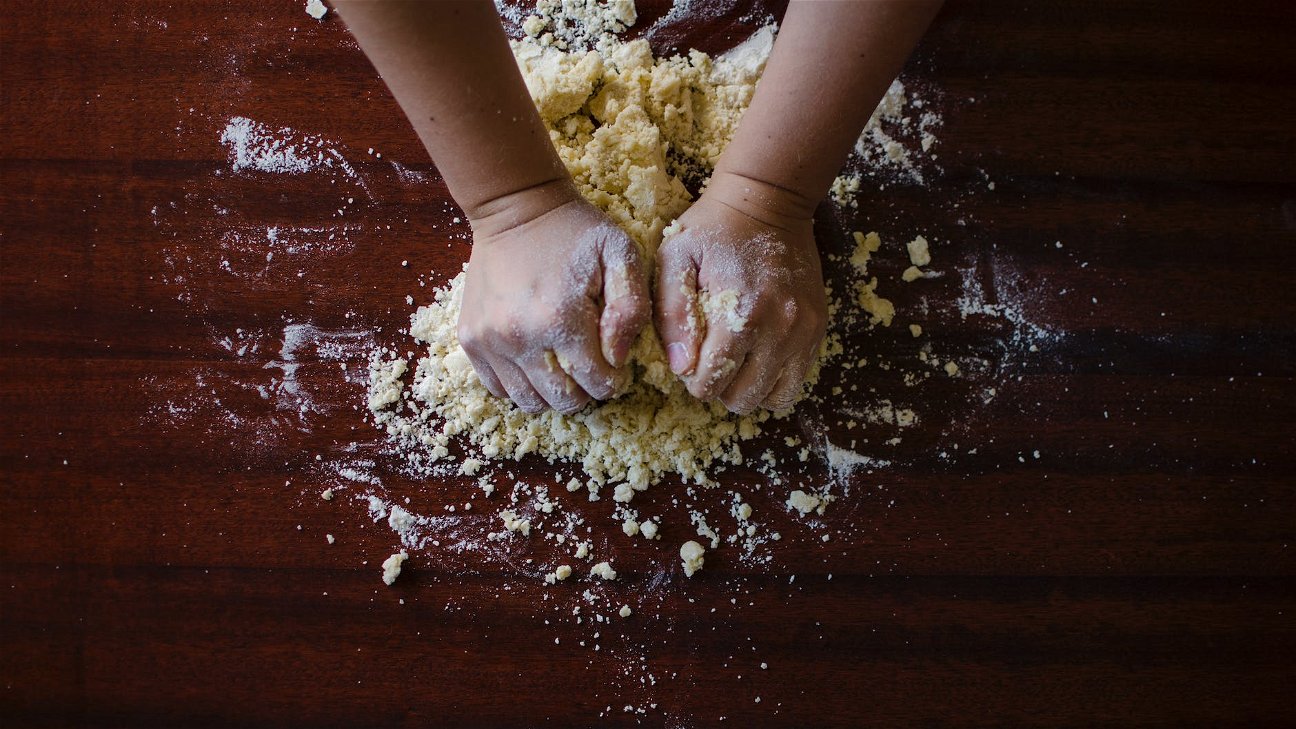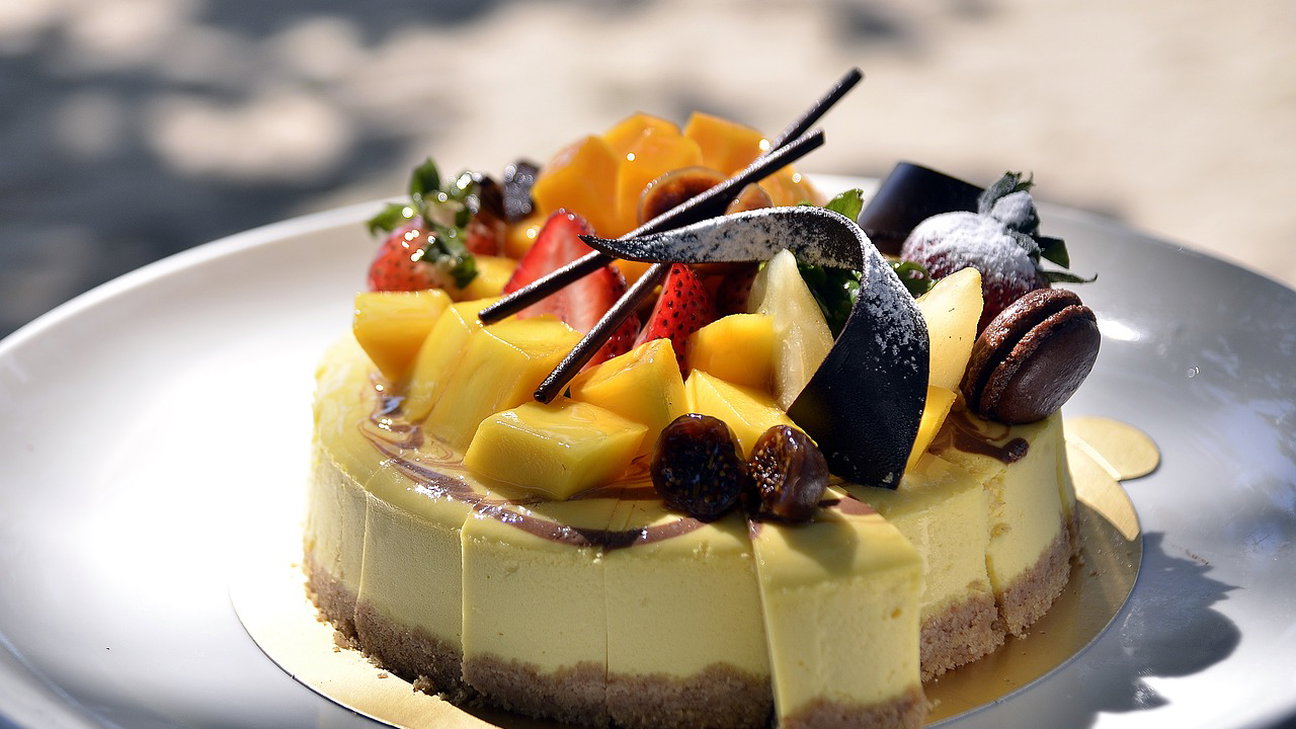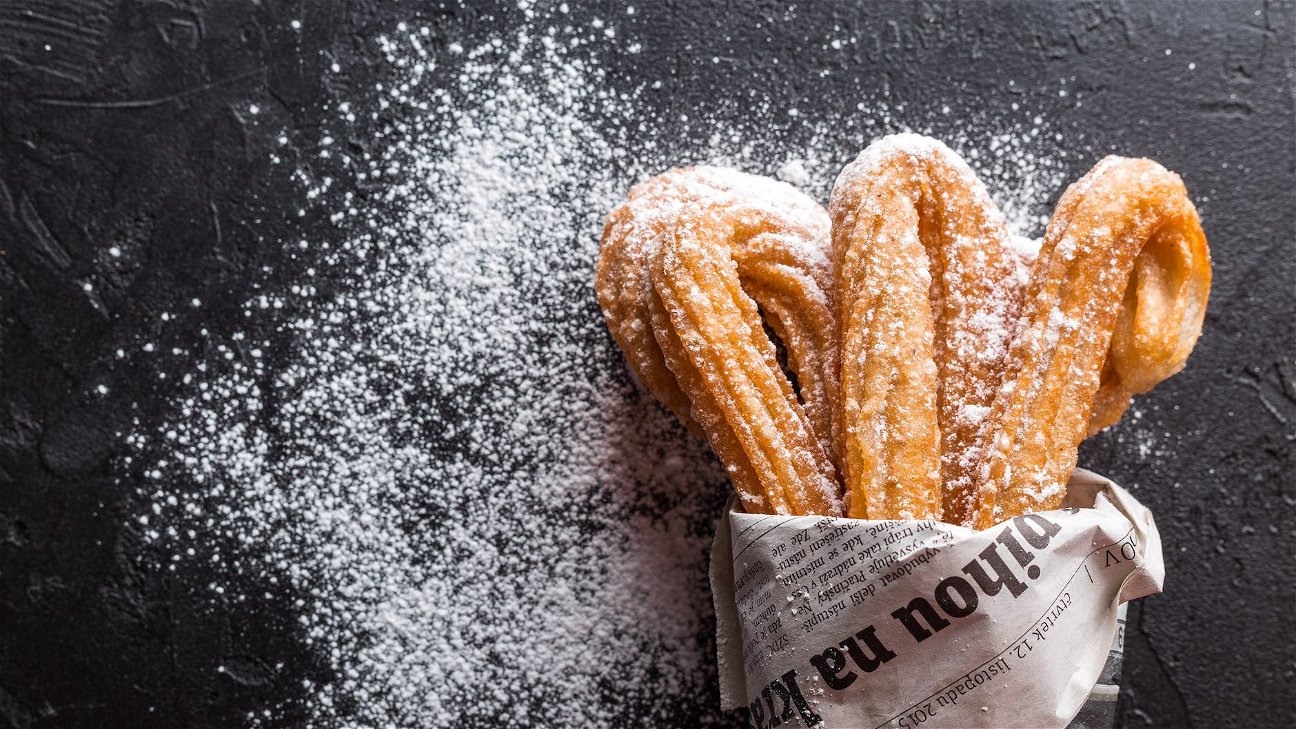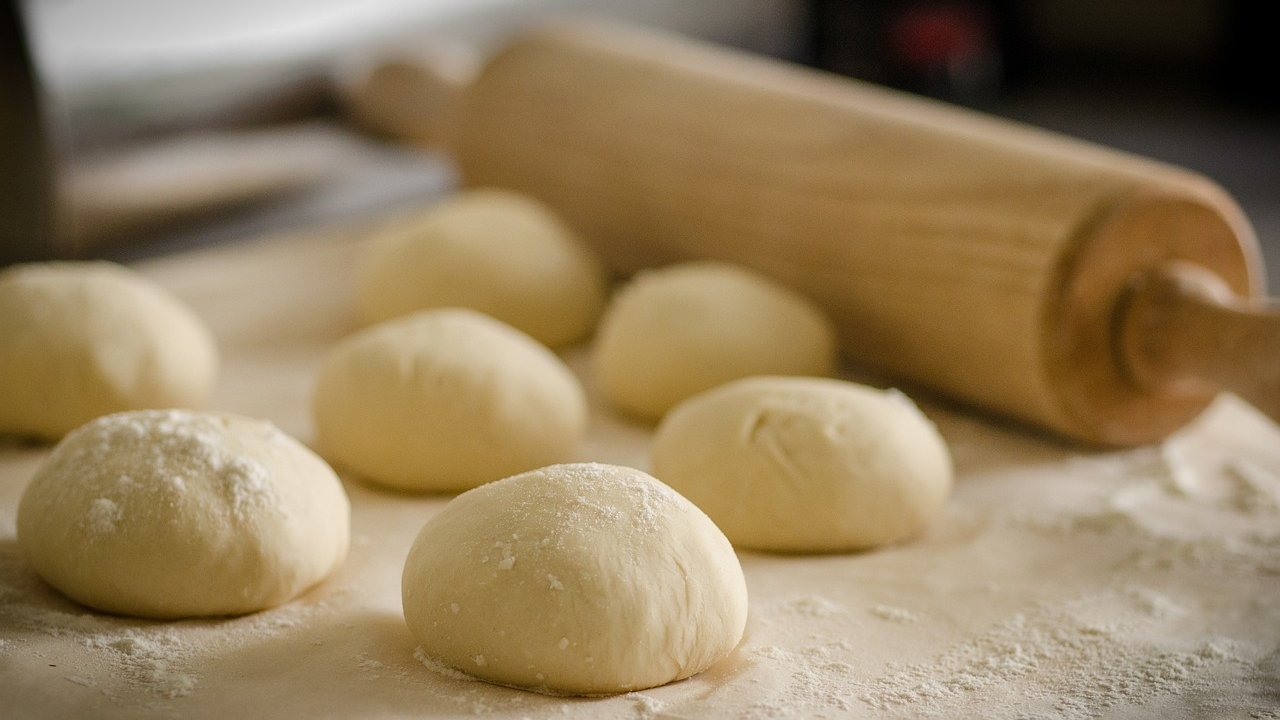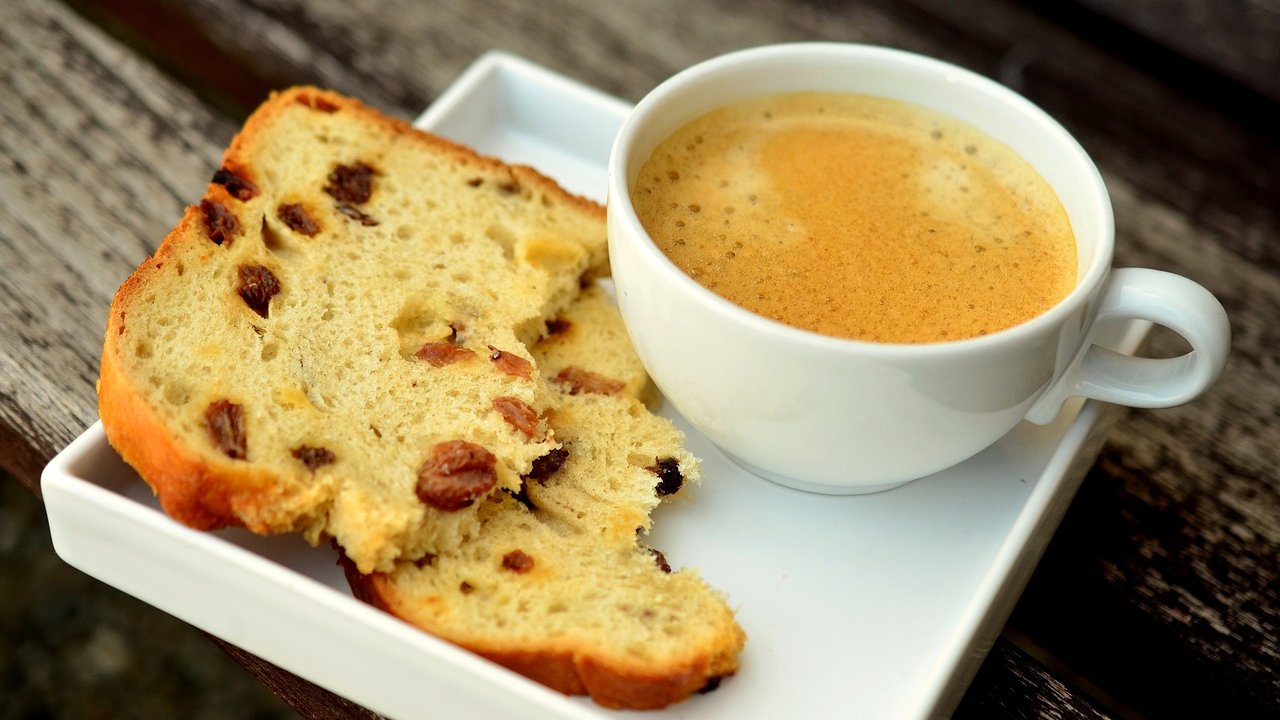
Perfecting the art of baking ultra-thin layers is no easy task. It requires precision, patience, and a few trade secrets. From the formulation of the batter to the actual baking process, each step holds the key to achieving that delicate, paper-thin layer. This guide is your ultimate resource for mastering this intricate art of baking.
Understanding the basics
The first step in mastering ultra-thin layers is understanding the basics. The batter should be of the right consistency - not too thick, nor too thin. It should spread easily in the pan without needing much effort. Here are some essential tips:
- Consistency of batter: Achieving the right consistency ensures that the batter spreads evenly in the pan, which results in uniform thin layers. The batter should be neither too thick nor too thin.
- Pan selection: The pan should be flat and shallow. A pan with sloping sides will not give you the desired thin layer.
- Temperature control: The oven should be preheated to the correct temperature before the batter is poured into the pan. The baking temperature should be consistent throughout the process.
Precision in preparation
One of the most critical aspects of baking ultra-thin layers is the preparation process. Every step, from mixing the ingredients to pouring the batter into the pan, requires precision and care.
- Mixing the ingredients: The ingredients should be mixed in the correct order to achieve the desired consistency. Overmixing or undermixing can result in a batter that is too thick or too thin.
- Pouring the batter: The batter should be poured slowly and evenly into the pan. Pouring too quickly can cause the batter to spread unevenly, resulting in thicker and thinner areas.
- Spreading the batter: Use a spatula or a dough scraper to spread the batter evenly across the pan. This ensures a uniform layer of batter that will bake into a thin, even layer.
Baking and cooling
The process of baking and cooling the layers also requires careful attention.
- Baking time: The time required to bake ultra-thin layers is significantly less than for regular layers. Keeping a close eye on the oven is essential to prevent the layers from burning or drying out.
- Cooling: The baked layers should be allowed to cool completely before they can be handled or assembled. Trying to move or assemble the layers while they are still warm may cause them to break.
Final thoughts
Baking ultra-thin layers is an art that requires patience and precision. But with the right techniques, it's an achievable goal that can take your baking skills to a whole new level. Whether you're a seasoned baker or a beginner, these tips and techniques can help you achieve those perfect ultra-thin layers.
